Results 6,371 to 6,380 of 12094
Thread: Anandtech News
-
10-10-16, 11:46 AM #6371
Anandtech: ASUS XG-U2008 10GBase-T Network Switch Released: 2x10G + 8x1G for $249
Back at CES, we saw what looked like a first budget-style entry into the 10GBase-T networking arena for low-cost, high-speed RJ-45 networking that would be backwards compatible with most of an enthusiasts home network infrastructure. At the time I was told it would be $300, but I misread the brochure and thought it said ten 10G ports. When I realized it said two ports 10GBase-T with another 8x1G ports, it still looked pretty interesting to say the least. ASUS is now formally announcing the launch of the hardware, called the XG-U2008, for $250 available at Newegg today.
At CES we saw a brushed aluminium switch, with the aim focused more on the premium and prosumer market. The styling of the switch on release essentially matches the one we saw at the show. There isn’t much in the way to say about the switch – it is unmanaged, offers two 10GBase-T ports and eight 1G ports, with the latter also supporting 100 Mbps standards. The total switch fabric affords a 56 Gbps bandwidth (which is more than enough for the switch) as well as up to 16 KB jumbo frames and a 2Mb memory buffer. The external adapter is rated at 18W, and it measures 1.06-inch high.
Putting this into perspective, we recently did a quick news post rounding up all the motherboards with 10GBase-T preinstalled and noted that the additional cost of the switch and the motherboard puts the cost per port for 10GBase-T around $100-$150. Aside from the $200 extra per motherboard for one or two ports, an 8-port switch comes in at around $700 (or a 16-port for $1400). Compared to the larger and more expensive switches, this switch only has two 10G ports, meaning that the only options for connectivity will be between a 10G NAS and a bigger 10G switch, or a 10G PC and a 10G NAS - ASUS marks down that for a PC-based LAN, a couple of servers could be on the 10G ports instead.
Options for low-cost 10GBase-T switches mean that it’s a minimum $700 for a few ports, which for most users is not particularly low cost. Bringing at least two ports in a 10G switch for $250 brings the cost of ownership right down and more palatable, although only having two ports has some limitations. The fact that it's available straight away from Newegg for anyone (in the US) is a plus.
Source: ASUS Edge Up, ASUS Product Page, Newegg
More...
-
10-10-16, 01:09 PM #6372
Anandtech: Microsoft Adds HP Elite x3 Smartphone to Windows Store, $799
Microsoft has begun to sell HP’s Elite x3 smartphone at its Windows Store. The handset is one of the most powerful Windows 10 Mobile-based devices and the one of a few initially aimed at the business professionals on a company contract. The fact that Microsoft has started to sell the HP Elite x3 indicates that the smartphone is now available to general consumers as well.
Microsoft sells unlocked HP’s Elite x3 at it MSRP of $799, which is much higher than the price of typical Windows smartphones. The handset comes with its Continuum desk dock that features an Ethernet adapter, as well as DisplayPort USB connectors, and can work with desktop displays as well as keyboards. Meanwhile, neither Microsoft nor HP currently offer the Elite x3 Lap Dock device, which can transform the Elite x3 smartphone into a laptop.
The HP Elite x3 smartphone is powered by Qualcomm’s Snapdragon 820 SoC and is currently the only Microsoft’s Windows 10 Mobile-based smartphone to use the chip. The device is equipped a 5.96” AMOLED display and comes with 64 MB of eMMC 5.1 NAND flash storage, 4 GB of LPDDR4 RAM as well as all the necessary connectivity features, including 4G/LTE, 802.11ac Wi-Fi, Bluetooth 4.0 and a USB Type-C connector. Developed specifically for enterprise and business users, who value security, the HP Elite x3 is FIPS 140-2 certified and features Secure Boot (with iris and fingerprint scanners), full disk encryption with a 256-bit key, fTPM 2.0, and so on. The smartphone from HP also takes advantage of Microsoft’s Continuum technology, which allows you to run your phone as a desktop PC.
At present, the HP Elite x3 has no rivals in the price range because it is the only Windows 10 smartphone that sells for $799. In the Continuum space, the HP Elite x3 competes against Acer's Liquid Jade Primo as well as Microsoft’s own Lumia 950 and Lumia 950 XL, which are available for $449, $399 and $499 respectively.HP Elite x3 SoC Qualcomm Snapdragon 820
2x Kryo @ 2.15 GHz
2x Kryo @ 1.59 GHz
Adreno 530RAM/NAND 4 GB LPDDR4 RAM,
64 GB eMMC 5.1 NAND
microSD 'up to 2 TB'Display 5.96-inch, 2560x1440 AMOLED (493 PPI)
Corning Gorilla Glass 4Network X12 Cat 12/13 LTE-A
Single Nano-SIM or Dual Nano-SIM Models
Micro-SD Shared with Nano-SIMDimensions 161.8 x 83.5 x 7.8 (mm)
6.36 x 3.29 x 0.31 (in)Weight 195 grams
0.43 lb / 6.88 ozRear Camera 16 MP, LED Flash Front Camera 8 MP wide angle, Iris Camera Battery 4150 mAh, 3.85 V, 15.98 Wh,
PMA and Qi chargingOS Windows 10 Mobile Connectivity Intel AC-7260AN WiFi (2x2 802.11ac + BT 4.0 LE)
NFC, GPS
USB 3.0 Type-CAdditional Windows Hello (Iris and Fingerprint),
FIPS 140-2, fTPM 2.0
128-bit Unified encryption, 256-bit full disk
Disaster recovery Protection
Win10 includes 128-bit BitLocker and Enterprise Grade VPN
Bang&Olufsen Sound
3x Noise-Cancelling MicrophonesWater/Dust Proof Certification IP 67
MIL-STD 810G (salt/fog/humidity/shock/thermal)
More...
-
10-10-16, 01:41 PM #6373
Anandtech: Samsung ArtPC: Cylindrical PC with 360º audio, i5/i7 plus NVMe, Preorders
For most PC enthusiasts, if you ask them to name a cylindrical machine, the Mac Pro comes immediately to mind. Not to tread too heavily on Apple’s toes on what would now be a 2-3-year-old product, Samsung is entering the market with a more consumer focused ‘ArtPC Pulse Premium Desktop’ in a cylindrical aluminium chassis. The PC is self-contained with an Intel 6th generation Core i5 or Core i7, and an AMD Radeon RX based graphics card. On the top is a harmon/kardon 360-degree omni-directional audio speaker.
Preorders for both the Skylake-based Core i5 and Skylake-based Core i7 start from $1200 and $1600 from Amazon respectively. The exact CPU models have not been listed by either Samsung or Amazon as of yet, however it states the Core i5 is at 2.7 GHz, which is akin to the i5-6400 at 65W TDP or i5-6600T at 35W – the latter seeming more appropriate. For the Core i7, it is listed as 3.4 GHz, which would put it as the i7-6700, at 65W.
Here’s the breakdown of the two systems, with the more expensive MSI Vortex G65 that has a full i7-6700K and dual GPUs:
We don’t have pictures of the internals, but one would assume that both systems would offer dual channel memory and Samsung NVMe drives, however it is unclear if these are user upgradable. The Core i5 is listed as having 8GB of DDR4 (probably DDR4-2133) and a 256GB NVMe SSD, whereas the Core i7 is listed as having 16GB of DDR4 and a 256GB NVMe SSD with another 1TB SATA HDD. It doesn’t state that the 1TB is mechanical, or a 2.5-inch drive, so until we can see the insides it is hard to tell. It is stated that the 1TB is a ‘module’ and users can add their own ‘modules’, but no further information is given. Both systems come with an AMD Radeon RX 460 graphics card, which we would assume would be the MXM version similarly used in notebooks, but in this case with 2GB of GPU memory.Specifications of Samsung ArtPC and MSI Vortex G65 ArtPC Pulse DesktopDP700C6A-A01USArtPC Pulse DesktopDP700C6A-X01USMSI Vortex G65
SLI-011CPU Intel Core i7-6600
4C/8T, 3.4 GHz
65WIntel Core i5, 2.4 GHz
either i5-6400 (65W)
or i5-6600T (35W)Intel Core i7-6700K
4C/8T 4.0 GHzPCH Unknown 100-series Intel Z170 RAM 16GB DDR4
Unknown Config8GB DDR4
Unknown Config4 SO-DIMM Slots
2 x 8 GB DDR4-2133GPU AMD Radeon
RX 460 2GB2 x NVIDIA GeForce
GTX 960 3 GBSSD 256 GB NVMe 2 x 128 GB PCIe 3.0 x4 HDD 1TB HDD
Unknown Form Factor- 1 TB HDD
7200 RPMLAN Unknown GbE 2x Killer E2400 WLAN ?? Rivet Killer Wireless-AC-1535 802.11ac
Wi-Fi + Bluetooth (2T2R) with MU-MIMOPSU ?? 450 W 80Plus Gold DisplayPort Maybe via Type-C? Otherwise no. 2 x DP 1.2 HDMI Yes, Unknown 2 x HDMI 1.4 Thunderbolt No 2 x TB3 via Type-C USB 4 x USB 3.0 4 x USB 3.0 1 x Type-C, Unknown Speed 2 x USB 3.1 via TB3 Dimensions 5.51 x 5.51 x 12.18-in 7.61 x 7.01 x 10.55-in Volume 6.06 liters 6.5 liter Weight 7.4 lbs (3.4 kg) 8.8 lbs (4.0 kg) Price Pre-order: $1600 Pre-order: $1200 $2199
Clearly visible are four USB 3.0 ports, a USB Type-C port (unsure on the speed), a HDMI output, an Ethernet port, an SD card reader and a single headphone jack. For this price it seems a little strange not to see any front facing Thunderbolt 3 ports here, and given that there are harmon/karmon speakers fitted, and something more in the audio ports might be worthwhile. It would be interesting to get a breakdown and see which audio codec they’ve fitted for the headphone audio port, as well as the Ethernet port controller. A note about the speakers - the Amazon listing for these machines indicates that 3xAA batteries are required, which might mean for the speaker itself as a separate entity, or these machines might come with a remote control.
The design is fairly minimal in design and measures 5.51 x 5.51 x 12.18 inches (13.9 x 13.9 x 30.9 cm) and uses the single central fan concept we’ve seen on a few other devices like the Mac Pro, the MSI Vortex and the GIGABYTE UHD Brix.
The Samsung ArtPC is available for preorder today at $1200 and $1600 from Amazon, to be delivered on the 28th of October in the US.
Source: Liliputing, MS Power User
More...
-
10-10-16, 05:56 PM #6374
Anandtech: Samsung Officially Halts All Note7 Sales & Exchanges: Asks Customers To St
Samsung made it official today that it is suspending all sales and exchanges of its beleaguered Galaxy Note7 smartphone. After reports of several phones catching on fire after it initially went on sale, Samsung initiated a global recall while it investigated the source of the problem, which traced the issue to defective batteries from a specific supplier (Samsung sources batteries from more than one supplier). With the problem seemingly solved, Samsung initiated an exchange program where customers could trade in their defective Note7s for new, supposedly safe, ones or a new Galaxy S7 or S7 edge instead.
Unfortunately, it did not take long for fresh reports of battery fires to surface. Several of the replacement Note7s have caught fire too, including one that forced a Southwest Airlines flight in Louisville, Kentucky to be evacuated on October 5th. Another replacement Note7 caught fire in a Farmington, Minnesota girl’s hand on October 7th.
Here's Samsung's official statement:
We are working with the US Consumer Product Safety Commission (CPSC) to investigate the recently reported cases involving the Galaxy Note7. Because consumers’ safety remains our top priority, Samsung will ask all carrier and retail partners globally to stop sales and exchanges of the Galaxy Note7 while the investigation is taking place.These new incidents suggest that the Note7’s issue is not limited to a single battery supplier like Samsung first thought. The Note7 is clearly a safety risk at this point, and we recommend that anyone that currently owns a Note7 heed Samsung’s advice and immediately power down the device and store it in a fire-safe location until it can be returned or exchanged.
We remain committed to working diligently with the CPSC, carriers and our retail partners to take all necessary steps to resolve the situation. Consumers with an original Galaxy Note7 or replacement Galaxy Note7 should power down and take advantage of the remedies available, including a refund at their place of purchase. For more information, consumers should visit samsung.com/us/note7recall or contact 1-844-365-6197.
More...
-
10-11-16, 07:09 AM #6375
Anandtech: Western Digital Introduces WD Blue And WD Green SSDs
Five months ago, Western Digital completed its acquisition of SSD and NAND flash manufacturer SanDisk, adding consumer SSDs and more enterprise SSDs to their existing portfolio of hard drives and HGST enterprise SSDs. WD is now introducing two families of WD-branded consumer SSDs, each derived from existing SanDisk product lines.
The WD Blue SSD is based on the SanDisk X400 SATA SSD with minimal hardware changes but has modified firmware and different usable capacities. Like the X400, the WD Blue is available as either a 2.5" or M.2 drive and uses SanDisk 15nm TLC NAND with the Marvell 88SS1074 controller. Our review of the 1TB WD Blue SSD shows that it improves on some of the X400's weaknesses but sacrifices some performance on many tests, producing a drive that is not quite as fast overall. The MSRP for the WD Blue is about the same as current actual retail prices for the SanDisk X400, which position it as a mid-range SATA SSD and puts it up against formidable competition from the new wave of drives using the more affordable 3D TLC NAND from Micron.
The WD Green SSD is an entry-level product line with limited capacity options. Based on the SanDisk SSD Plus, it uses a Silicon Motion controller in a DRAM-less configuration with SanDisk 15nm TLC NAND. The WD Green has a similar purpose to drives like the Samsung 750 EVO and the recently-announced OCZ TL100: to offer the lowest possible price while still providing acceptable reliability and a noticeable performance jump over hard drives. Higher capacities are omitted from the product line because the total price would be too high for the most cost-sensitive consumers even if the price per GB is marginally lower than a more mainstream budget drive.Western Digital WD Blue Specifications Capacity 250GB 500GB 1000GB Form Factor 2.5" 7mm SATA or M.2 2280 SATA Controller Marvell 88SS1074 NAND SanDisk 15nm TLC Sequential Read 540 MB/s 545 MB/s 545 MB/s Sequential Write 500 MB/s 525 MB/s 525 MB/s 4KB Random Read 97k IOPS 100k IOPS 100k IOPS 4KB Random Write 79k IOPS 80k IOPS 80k IOPS Average Power 70 mW Max Power 4.4 W Encryption No Endurance (TBW) 100 TB 200 TB 400 TB Warranty Three years MSRP $79.99 $139.99 $299.99
While the Green label has connotations of better than average power efficiency when applied to WD's hard drives, the low performance of DRAM-less SSDs usually leads to poor energy efficiency during active use and the idle power savings tend to be minimal.
The WD Green will be available later this quarter, and pricing has not been announced.
Western Digital WD Green Specifications Capacity 120GB 240GB Form Factor 2.5" 7mm SATA or M.2 2280 SATA Controller Silicon Motion SM2256S NAND SanDisk 15nm TLC Sequential Read 540 MB/s 545 MB/s Sequential Write 405 MB/s 435 MB/s 4KB Random Read 37k IOPS 37k IOPS 4KB Random Write 63k IOPS 68k IOPS Idle Power 30 mW Encryption No Endurance (TBW) 40 TB 80 TB Warranty Three years
More...
-
10-11-16, 07:09 AM #6376
Anandtech: The Western Digital Blue (1TB) SSD Review: WD Returns to SSDs
After completing the acquisition of SanDisk, Western Digital is entering the consumer SSD market under its own brand with new SSDs derived from existing SanDisk product lines. As with their hard drives, the Blue SSD is a mainstream mid-range product, in this case using the SanDisk X400's combination of SanDisk 15nm TLC and Marvell's 88SS1074 controller.
Today we'll be taking a look at the 1TB drive, how it compares to its sibling, the X400, and whether it can find its place in the highly competitive mainstream SSD market.
More...
-
10-12-16, 12:04 AM #6377
Anandtech: HP Announces The HP ENVY 27 4K Thin Bezel Display
Today HP announced an update to their product lineup, and one of the one announcement that caught my eye immediately was the new ENVY 27 display. HP has packed a lot of features into a great looking display, but best of all it’s going to be available for $499.
The 27-inch display is an IPS panel, and although HP doesn’t list the refresh rate, it is likely going to be 60 Hz. It also supports FreeSync, meaning it should help with image tearing when gaming at 4K, where the high resolution really taxes even the strongest cards. The benefits won’t be as pronounced as some higher refresh rate gaming displays, but regardless it is better to have this than not.
HP is also promoting that the “sRGB color accuracy exceeds 99 percent” which sounds like they don’t mean what they are saying. Accuracy is generally measured in Delta E, where lower is better, and gamut coverage is measured in percentage. With full sRGB gamut coverage, hopefully they have spent a bit of effort on panel calibration, and if so they will have a pretty nice display for the money.
It also features DisplayPort, HDMI, and USB-C for connectivity, and the latter can also charge your laptop or phone with up to 60 Watts of power. That means this can be a single cable connection to drive the display and power the laptop, which is exactly what USB-C is designed to achieve, and it’s great to see more products supporting this. For a desktop, it is less important, but if you want to dock your laptop, a single cable will give you display, and power.
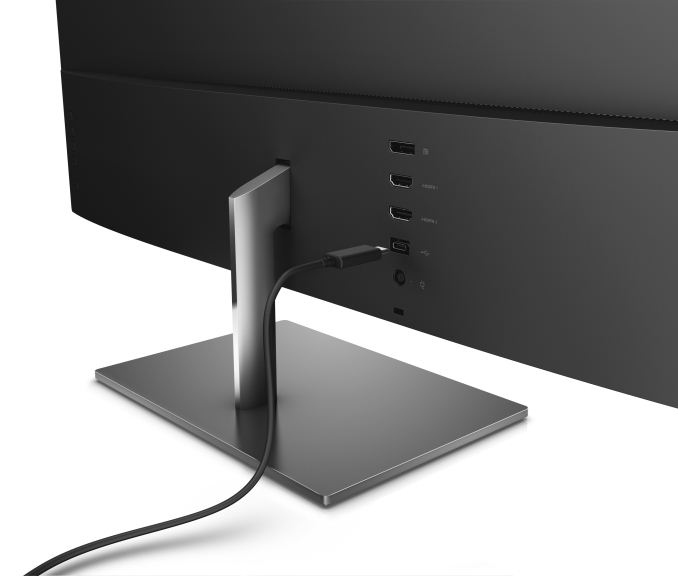
The design is a thin bezel, with a chrome finished support mounting the display to the base. There is no mention of height adjustment, and the images are unclear.
As already mentioned, this 27-inch 4K IPS FreeSync display will be price at just $499, with availability starting December 4th.
Source: HP via Windows Blog
More...
-
10-12-16, 07:20 AM #6378
Anandtech: The In Win 303 Case Review: Minimalist ATX with Tempered Glass for $93
Today we are having our first encounter with one of the oldest PC case designers, In Win. The company supplied us with the 303, one of their most anticipated unique designs that features an entirely metallic body and a tempered glass side panel, suitable for systems up to ATX in size.
More...
-
10-12-16, 08:46 AM #6379
Anandtech: Gen-Z Consortium Formed: Developing a New Memory Interconnect
Anyone tasked with handling the way data is moved around a processor deserves praise. It takes time, dedication and skill to design something that not only works appropriately and for all edge cases, but also can run at speed and seamlessly for software. The topic of interconnects has featured regularly over recent years, with cache coherent networks and unique custom designs entering both hardware released to the public as well as behind-the-scenes designs. This week sees the launch of the Gen-Z Consortium, featuring names such as ARM, Huawei, IBM, Mellanox, Micron, Samsung, SK Hynix and Xilinx, with the purpose of designing a new memory semantic fabric that focuses on the utilization of ‘on-package and storage class memory’ (HMC, phase-change, 3D XPoint etc) at the hardware level.
The purpose of the Consortium is the development of the interconnect, with a focus on being an open and non-proprietary standard that scales from node to rack, and free from royalties (it’s a non-profit). The interconnect will be a memory semantic fabric, handling memory operations and communications such as load/store, put/get and atomics that are typically managed by the processor and software. The issue arrives when memory is in storage class devices which are block based rather than cache line based, and thus there is an aim for a high bandwidth (>100GB/s) with low latency (sub-100ns) for load-to-use functionality.
The interconnect is also aimed at offering real-time analytics, working between CPU cores, SoCs, FPGAs, GPUs, pooled memory and networked storage. There is also aims for security, as well as support via unmodified operating systems (which indicates that the new interconnect is a pure hardware design) and support within tiered memory hierarchy. Another goal is low-cost implementation, which will require working close with semiconductor manufacturers.
The Consortium consists of a number of key players designing SoCs and large scale systems:
Among the IP vendors (ARM, IBM) are fabless semiconductor companies (Broadcom, Xilinx) and big enterprise players (Dell EMC, HPE, Cray for supercomputers). Any which way you cut it, it represents a lot of the industry, except one major player at least – Intel. Despite Micron in there with 3D XPoint, Intel’s own designed interconnects are under lock-and-key with patents and proprietary technology, and given how the enterprise market is moving more into accelerators and/or non-x86 architectures with a myriad of microarchitectural designs, solution providers have more options to choose from. That being said, with the goal of Gen-Z to be open and free, that doesn’t stop anyone else from actually using it and it would be argued that the ultimate goal is to promote adoption.
Despite this week being the formal announcement of the Gen-Z Consortium, it would seem that something has been brewing for a while given that the press release today has stated that the core specification covering the architecture and protocol will be finalized in late 2016. I suspect we might hear something at SuperComputing 2016 in mid-November.
Source: Gen-Z
Gallery: Gen-Z Slide Deck





More...
-
10-12-16, 09:35 AM #6380
Anandtech: AMD Discontinues Gaming Evolved App
With the recent launch of AMD’s Radeon 400 series parts and consequent focus on hardware, it’s been some time now since we’ve heard from AMD about their Gaming Evolved application. As it turns out, there’s a reason for this. Thanks to some digging by the crew over at WCCFtech, it turns out that AMD discontinued the application last month and will no longer be distributing or supporting it.
The Gaming Evolved App was back in 2013 as part of the Radeon 200 series launch. The utility launched as a settings optimization service, which in a departure from other efforts, relied on crowdsourced data to generate settings recommendations rather than AMD running centralized testing. Though never explicitly called so by AMD, the client was clearly their answer to NVIDIA’s GeForce Experience, offering an AMD take on settings optimizations, video recording, and the like. Though branded as an AMD application, the utility was in practice a second-party initiative of sorts, and at its core it was a customized version of the Raptr’s eponymous gaming utility. The most recent major update to the Gaming Evolved App was in March of this year, when AMD & Raptr added additional video recording and editing functionality.
But after 3 years, it would seem that AMD has decided to discontinue the client for reasons unknown. After noticing that the client was no longer being bundled with the latest drivers, WCCFtech reached out to AMD, who provided the following statement.
Starting September 12th 2016, AMD is no longer bundling the “AMD Gaming Evolved App” by Raptr with builds of Radeon Software. The application will still work. AMD will cease to undertake any compatibility testing, install support or general technical support for this application, nor will it be available through Radeon Software or its installer. Previous builds of Radeon Software that include the “AMD Gaming Evolved App” dated before September 12th 2016 will remain intact and will not be affected.At this point AMD is not bundling a similar application with their drivers, nor do their drivers contain equivalent settings/recording functionality. So at least for the time being it’s fair to say that AMD no longer has a counterpart to GeForce Experience. That said, the Gaming Evolved App wasn’t a 1st party effort and its continued existence was never assured, but it is admittedly rare to see a software feature/package dropped in this manner.
More...
Thread Information
Users Browsing this Thread
There are currently 41 users browsing this thread. (0 members and 41 guests)




_575px.jpg)


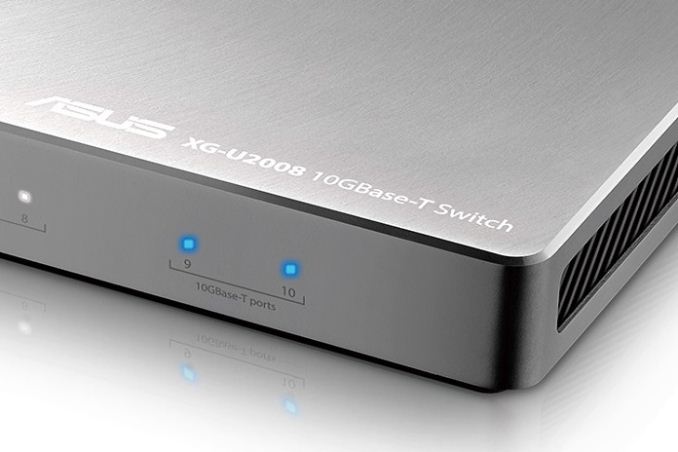

 Quote
Quote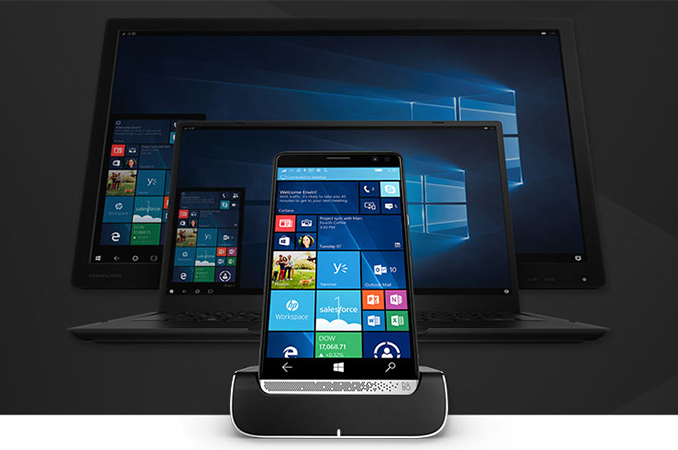
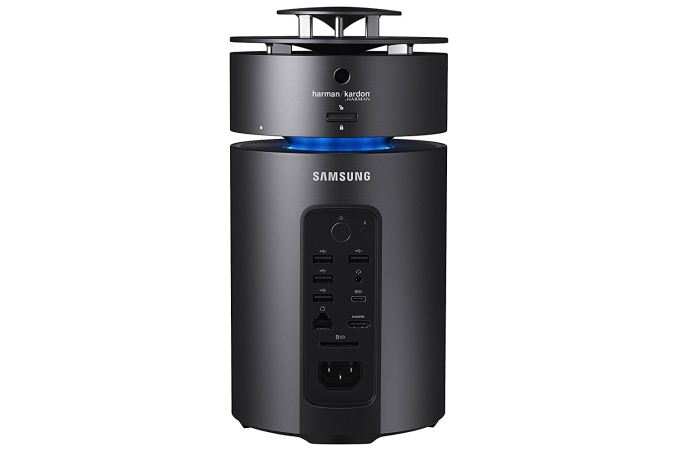


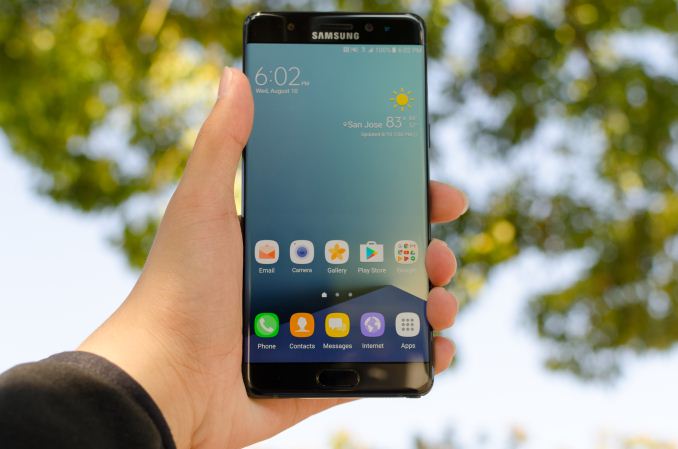
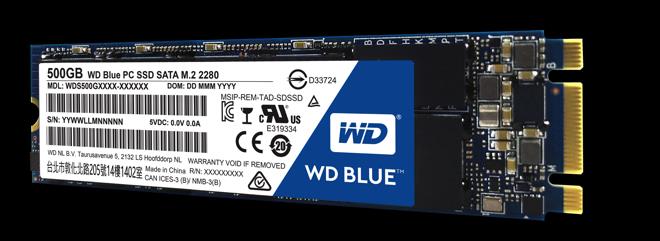
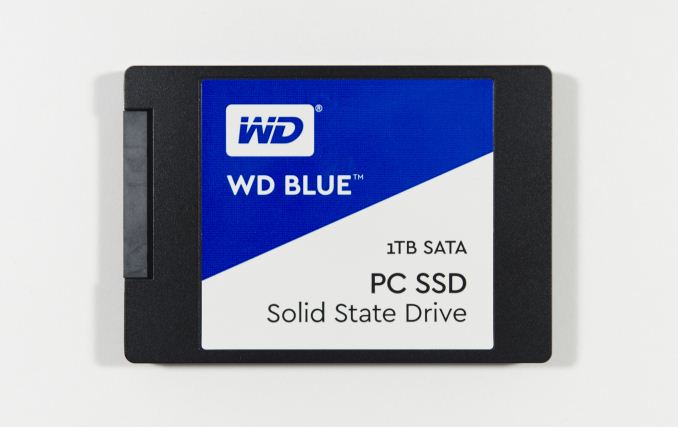


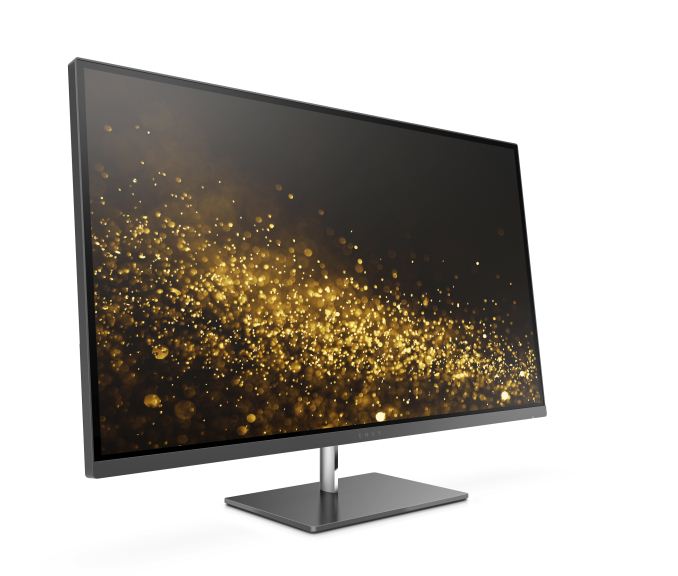

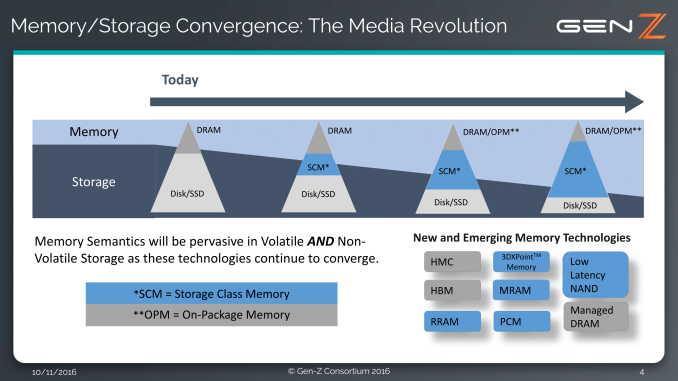
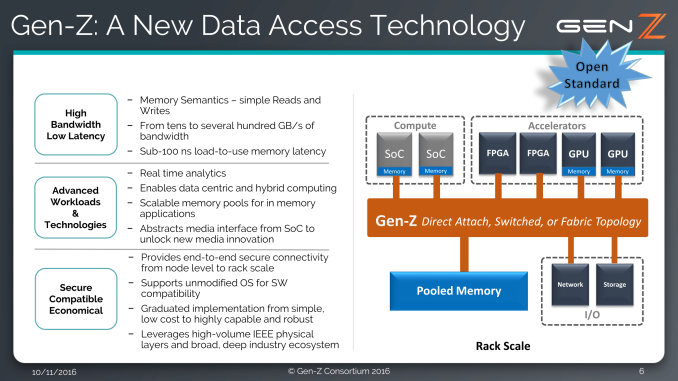
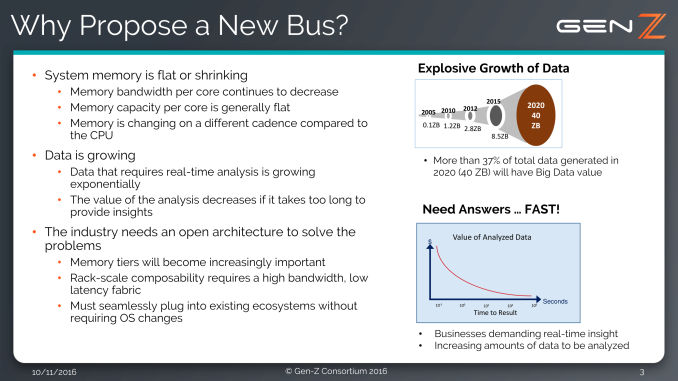
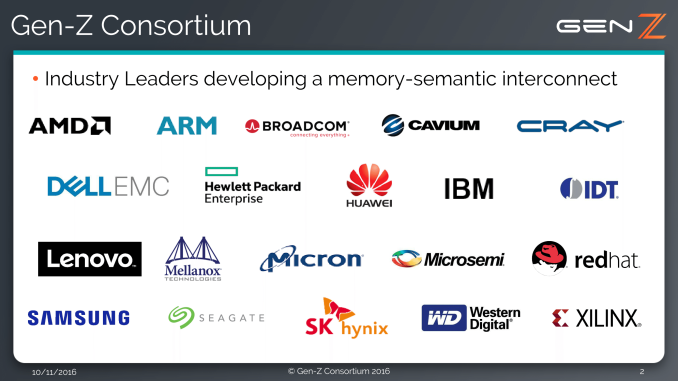
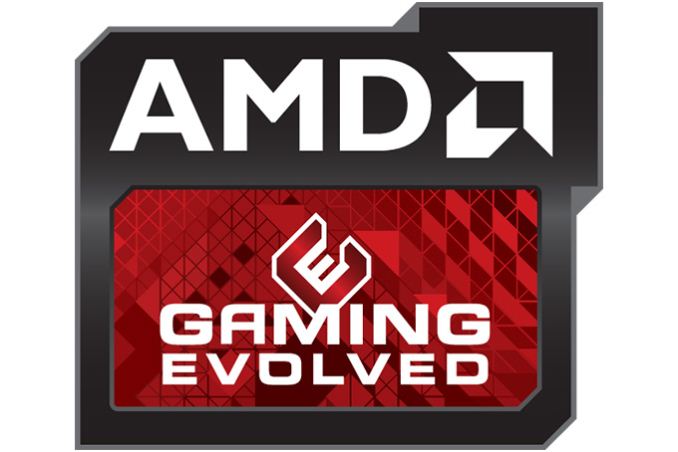

















Bookmarks